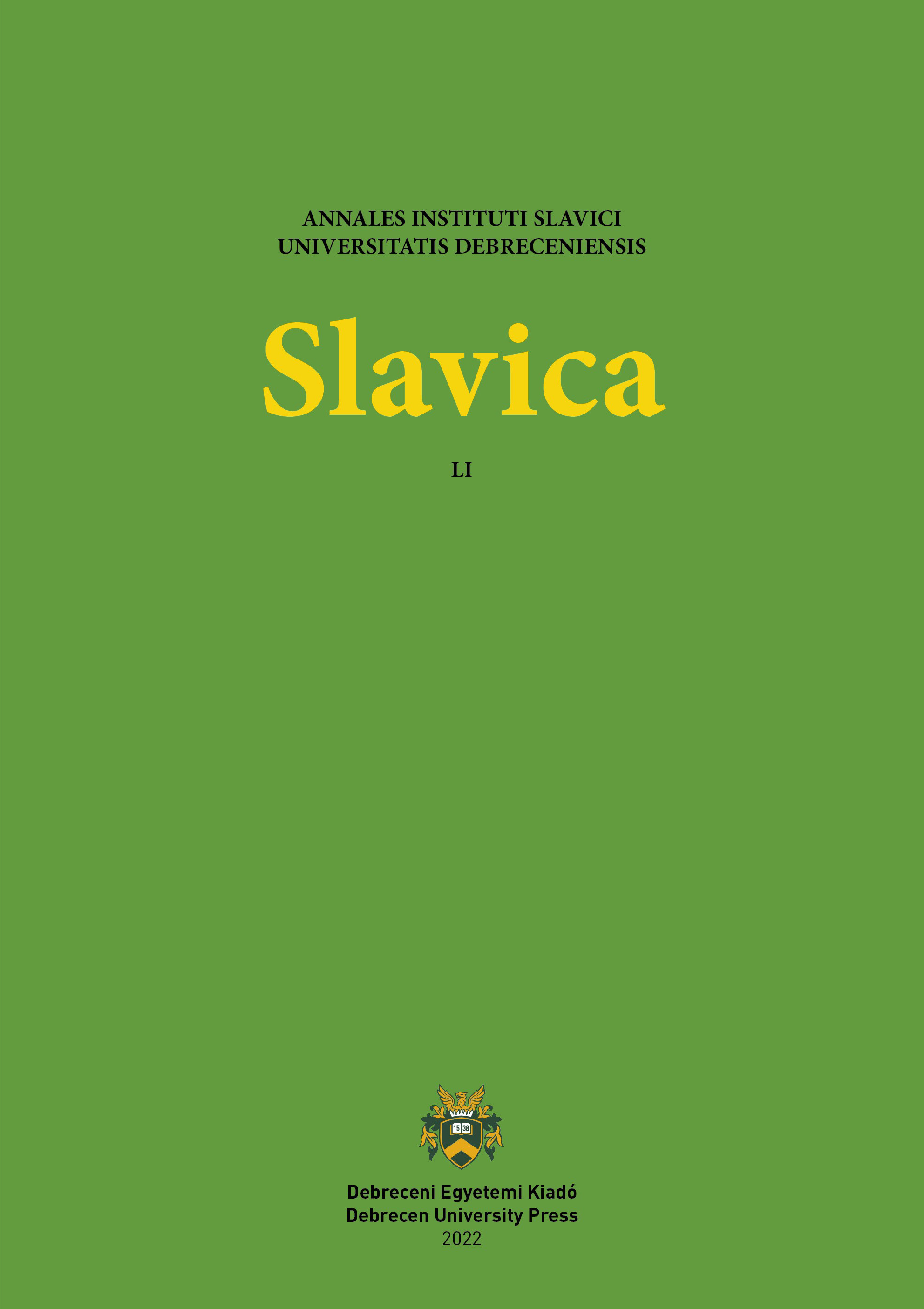A Story by A. P. Chekhov “The Wolf”: Historical-medical and Archetypal Aspects
Author
View
Keywords
License
Copyright (c) 2022 Slavica

This work is licensed under a Creative Commons Attribution-NonCommercial 4.0 International License.
This is an open access article distributed under the terms of the Creative Commons Attribution License (CC BY-NC 4.0), which permits unrestricted use, distribution, and reproduction in any medium, provided the original author and source are credited.
How To Cite
Abstract
The plot of A. P. Chekhov's story "The Wolf" (in the first edition the story was called "Hydrophobia (A true story)") is associated with the frequent facts of wolves attacking people in the 1880s in the central part of the country (called an epidemic at the time).The time of writing the story between March and December 1886 is a year after the discovery of the rabies vaccine in the laboratory of Louis Pasteur and its successful testing in 1885; and in the year the story was created, the first Pasteur stations in Russia were opened. The paramount aspect of a plot of the work by A. P. Chekhov is connected with the field of psychology. Fear, which takes possession over the character, the landowner Nilov, is a psychological phenomenon in the medical sense and leads to an understanding of the fact why Chekhov needs an emphasis on the wolf in the title of the second edition of the story. The image of a wolf with its archetypal component plays a fundamental role in recreating a clinically accurate picture of fear. The real clash with a real wolf becomes a reflection of the fight with the "mental wolf," with its own fears. The writer is interested not so much in the existential side of the phenomenon of fear, as in the psychological one. And the image of a wolf with its archetypal component plays a fundamental role in recreating a clinically accurate picture of fear.

 https://doi.org/10.31034/051.2022.06
https://doi.org/10.31034/051.2022.06